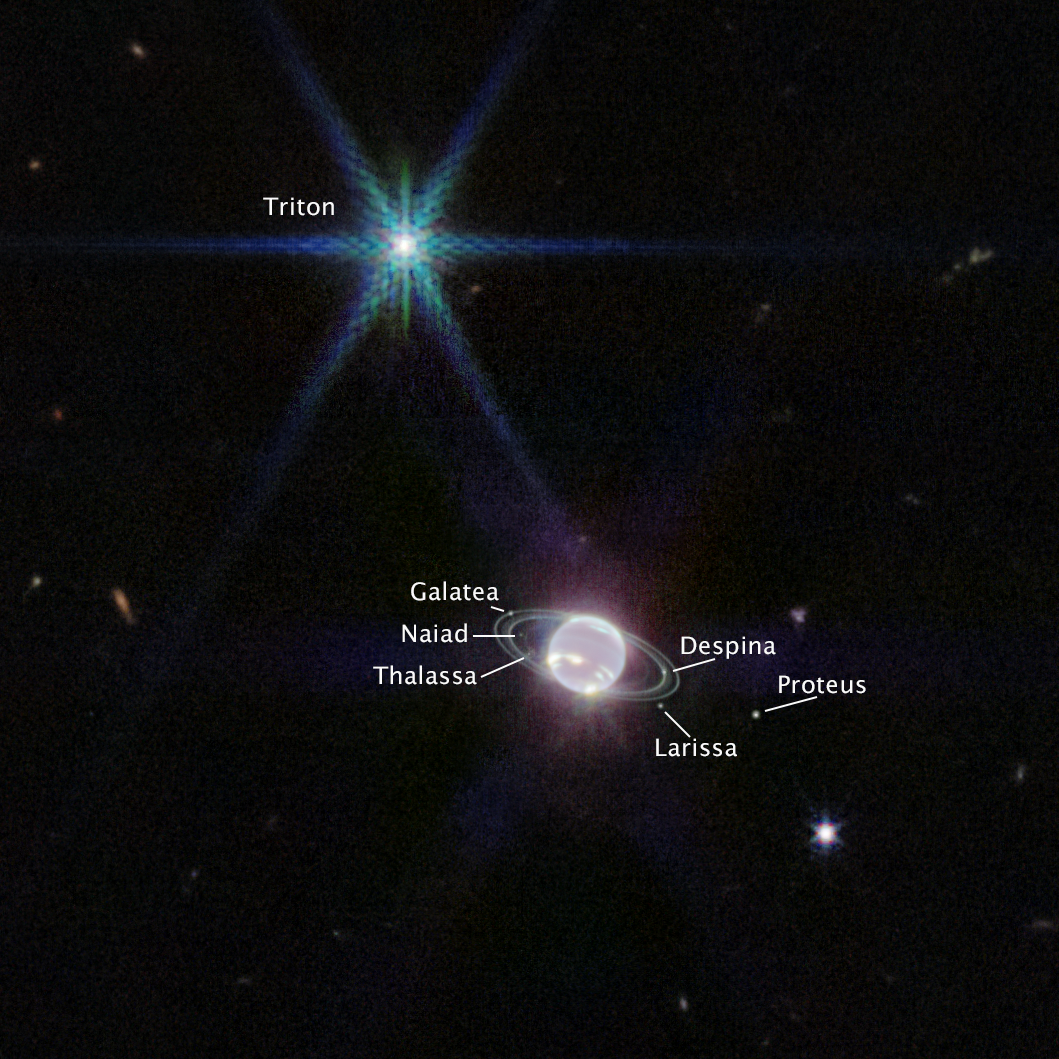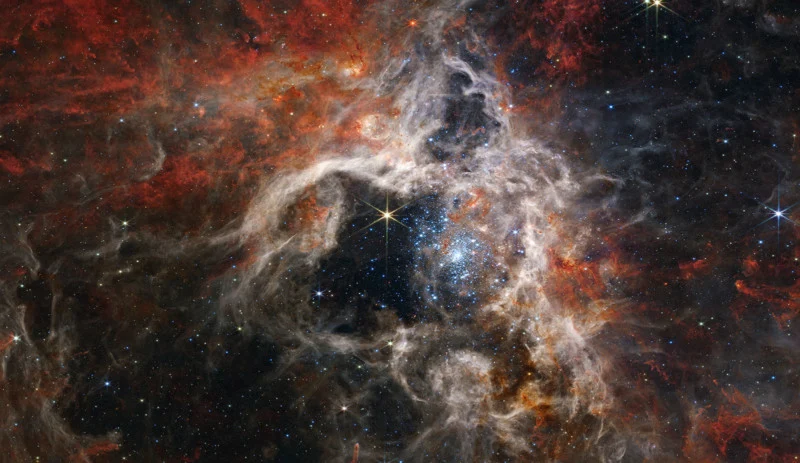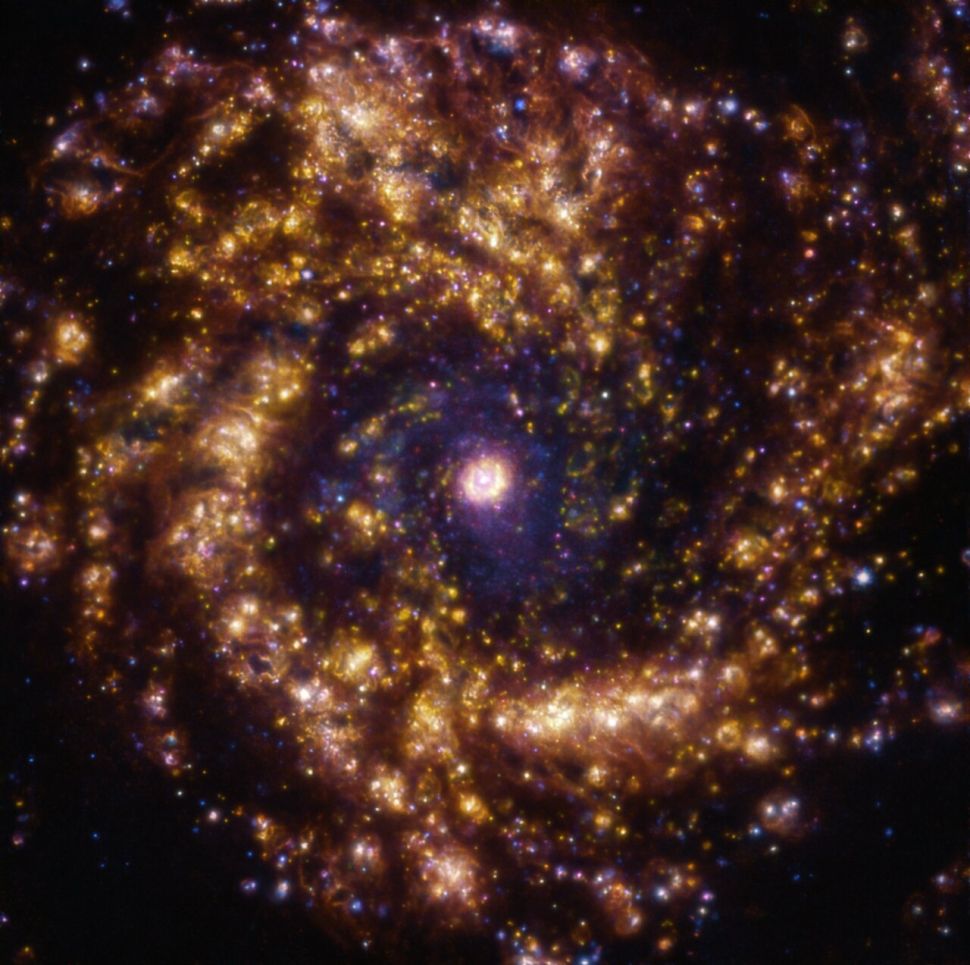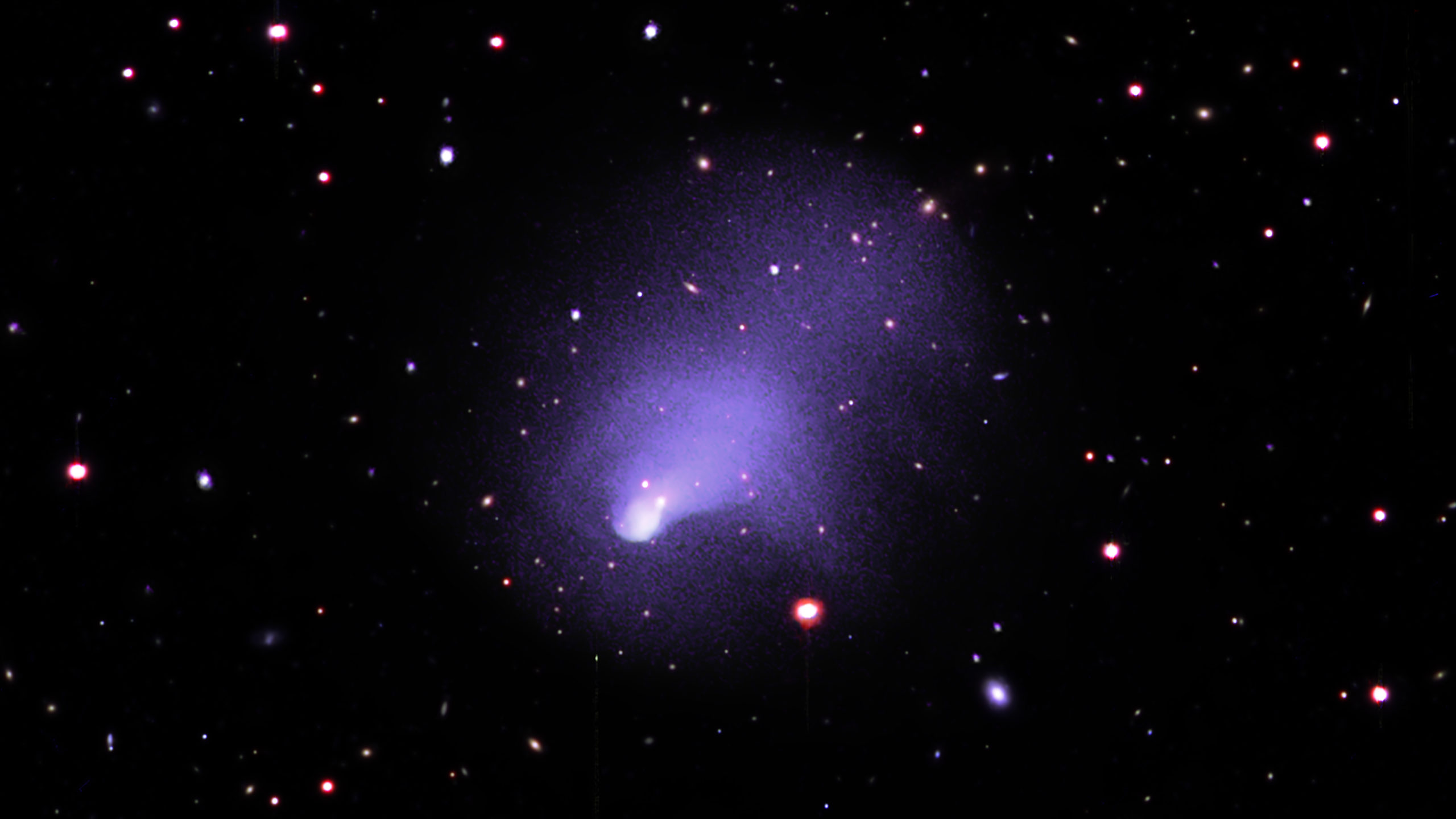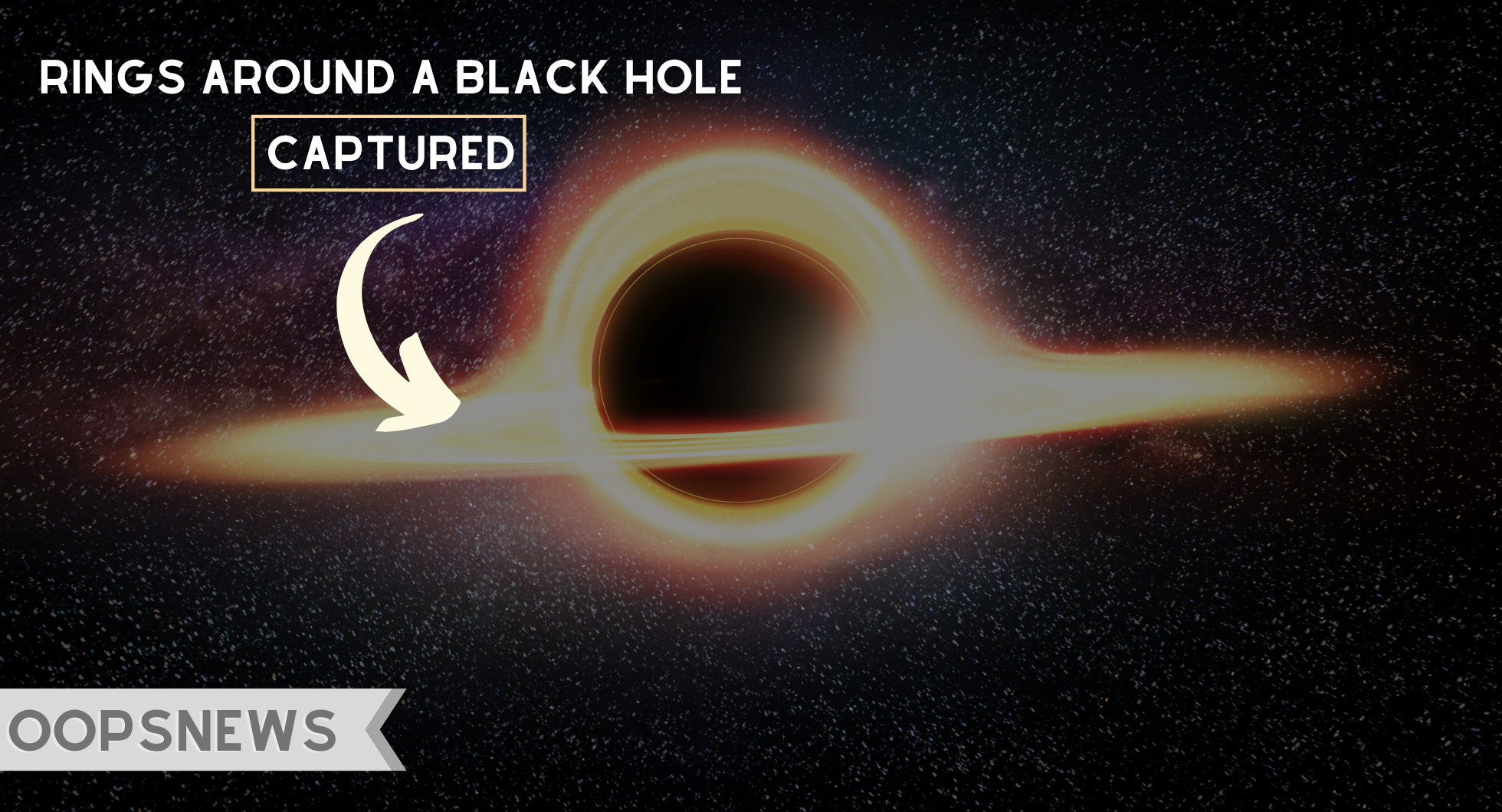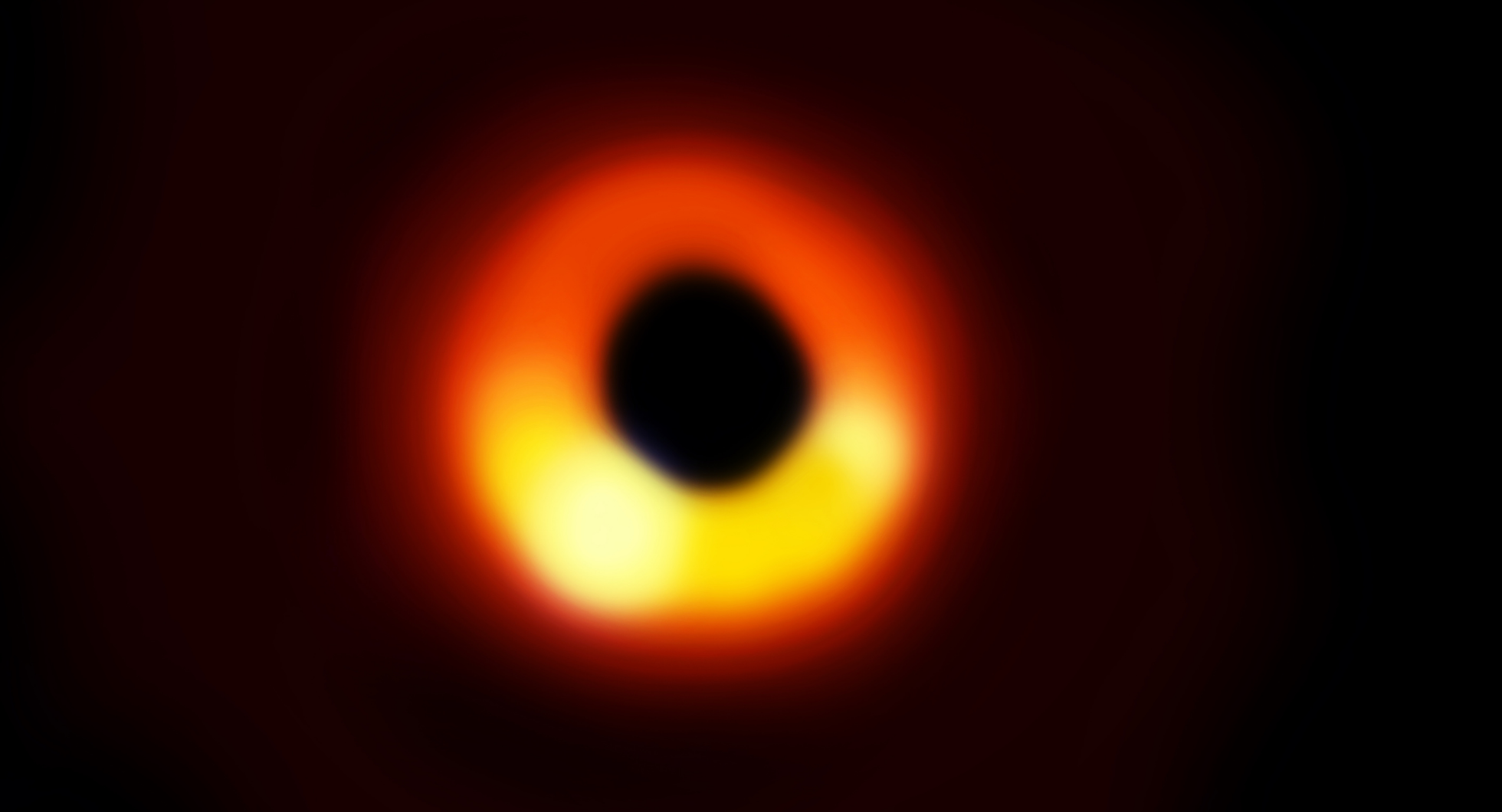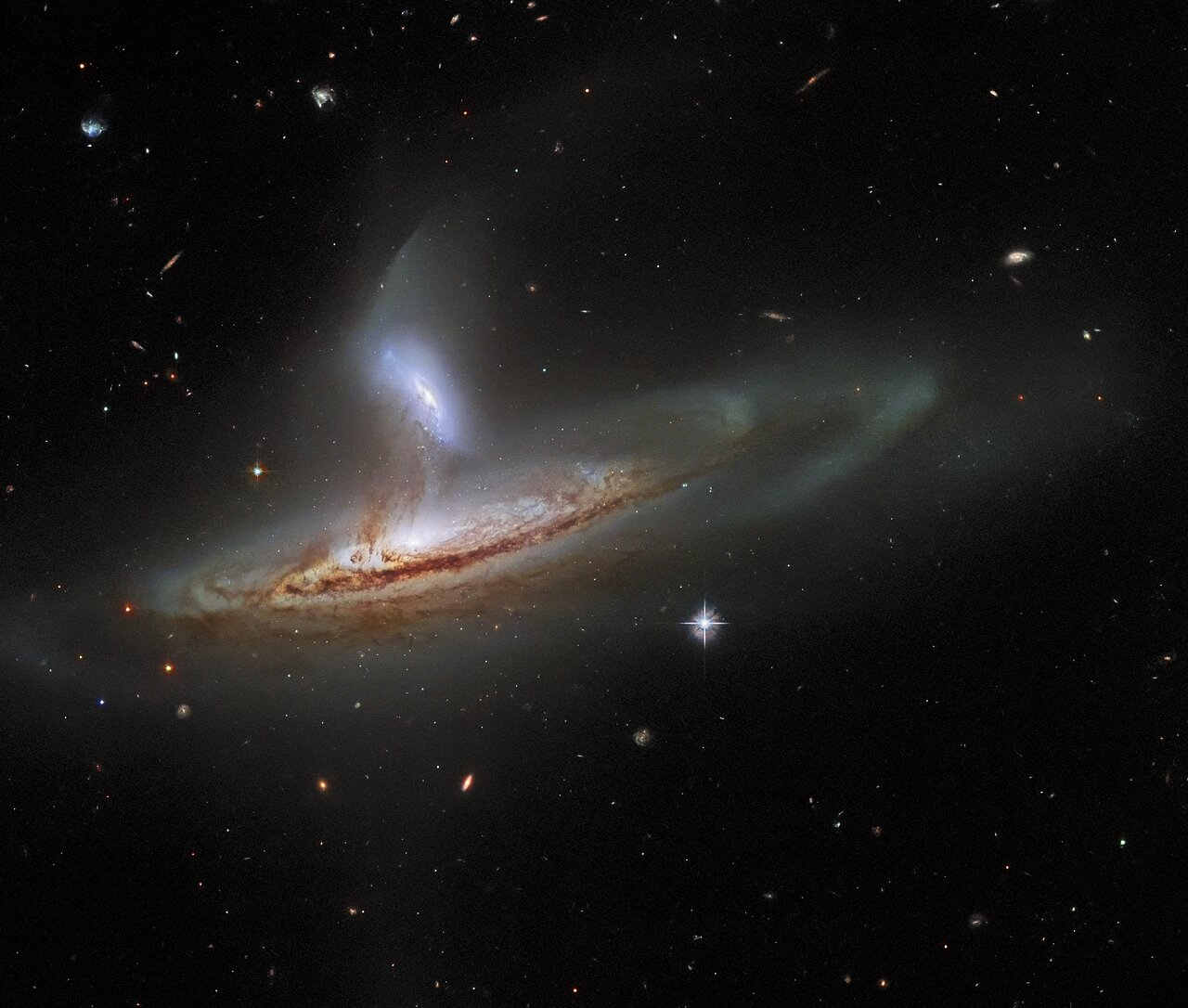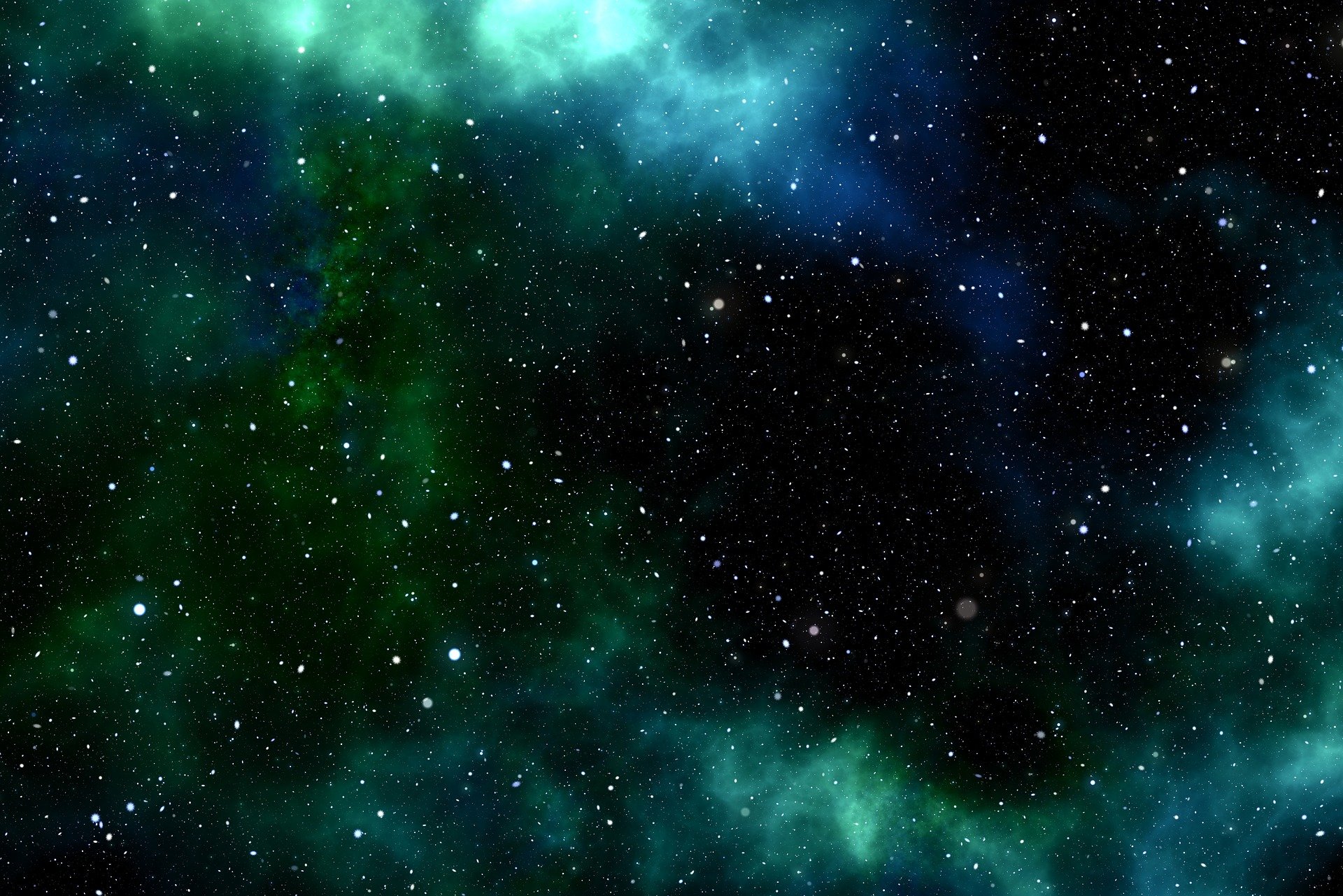The world’s first planetary defense test mission, NASA’s Double Asteroid Redirection Test (DART), has captured a brilliant spectacle of Jupiter and its four largest moons.
Space Pictures
Neptune does not appear blue to Webb because its Near-Infrared Camera (NIRCam) only sees objects in the near-infrared spectrum between 0.6 and 5 microns.
Astronomers are especially interested in the Tarantula Nebula because of its chemical components and behavior, which resemble those of parts of the early universe when star formation was at its peak.
Galaxy NGC 4303 is also called a starburst galaxy because unusually high amount of stars are getting birth there.
The Webb image is very important because it can us much about the life cycle of the giant cosmic bodies, including our own Milky Way galaxy.
A permanent resource for any human research of the planet as well as a vital step in setting up the planet’s potential for life is the detection of underlying water.
Curiosity’s scientific instruments discovered chemical and mineral traces of previous habitable conditions on Mars early in the mission.
Collisions between galaxy clusters release enormous amounts of energy unlike anything witnessed since the big bang and provide scientists with physics laboratories that are unavailable here on Earth.
One of the most mysterious objects for human beings, the concept of the black hole has always puzzled scientists. Using NASA’s Chandra X-ray Observatory and Neil Gehrels Swift Observatory, astronomers now say that an image of a huge, spectacular set of rings around a black hole has been captured. Part...
While Ingenuity Mars Helicopter is currently preparing for its 29th flight, its black-and-white navigation camera has provided dramatic video of its record-breaking 25th flight, which took place on April 8. Covering a distance of 2,310 feet (704 meters) at a speed of 12 mph (5.5 meters per second), it was...
An international team called the Event Horizon Telescope (EHT) collaboration has produced the image of the center of our galaxy for the first time. This is the gargantuan black hole, known as Sagittarius A*, four million times the mass of our Sun, lives at the centre of our galaxy. What...
The Hubble Space Telescope, which has already contributed the human civilization with unprecedented approach to the outer space, has captured yet another cosmic view of an incredible three-dimensional-looking image of two interacting galaxies on the verge of a cosmic draw. The image has been released by the European Space Agency...
According to NASA, the Hubble Space Telescope has successfully reviisited the Veil Nebula. It has also taken a more beautiful image with more precise details. The Veil Nebula is in the Cygnus constellation. nearly 2,100 light years away from Earth. The Nebula is the visible portion of the nearby Cygnus...

